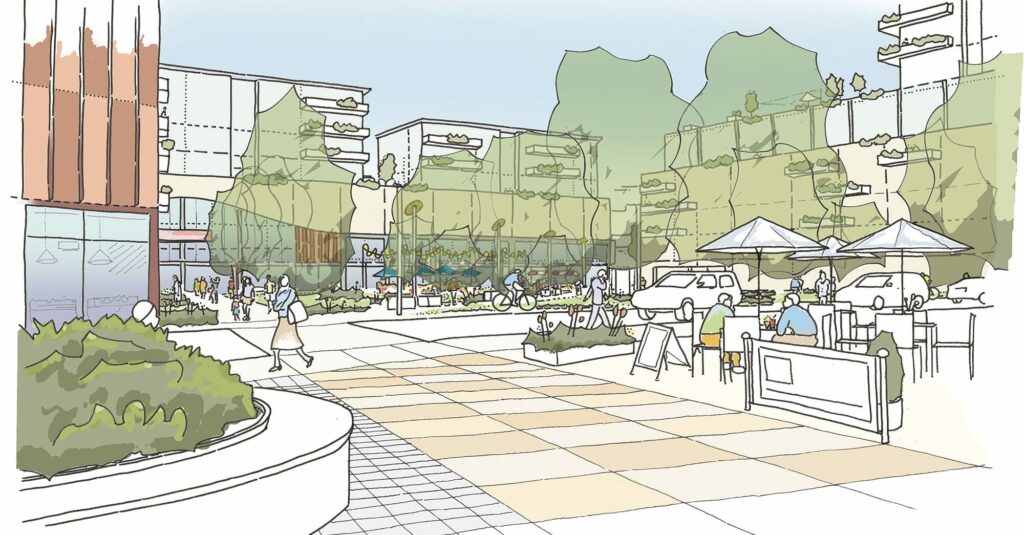I’m standing in front of the site of Archives New Zealand’s new building, ‘Heke Rua Archives’, on the corner of Aitken and Mulgrave Streets in Wellington. This site not only has significance for Mana Whenua (as beautifully told by Kura Moeahu and others), but it also holds a special place in my professional journey.
Prior to the early 2000s, this site was part of the adjacent Freyberg Building, providing extensive lawns, landscaping and car parking. After being appointed by NZ Defence Force to lead the procurement of a new Defence House in 2002, I started working with Capital Properties (later to become AMP Capital) to explore how this under-utilised site may be developed for office use.
This early work led to the development of Defence House, occupied by NZ Defence Force, Ministry of Defence and several intelligence agencies, opening in 2006. This was the first purpose-built defence headquarters and an important part of the ongoing transformation of these agencies.
This was also the largest project I had been involved with at that point (~18,000m2) and was a complex assignment to execute, with several stakeholders and specialist needs, and Capital Properties’ first foray into development at the time. Some of the innovations we introduced to this project have endured, including Duncan Mitchell and I working alongside Stephenson & Turner to develop, to my knowledge, the first Building Performance Specification (BPS) to define the Crown’s performance expectations.
Before the use of a BPS, the occupier simply relied on the development team producing an outline specification that was driven from a landlord/development perspective. There was no end user or occupier set of requirements. This early BPS formed the basis of defining the occupiers’ requirements (for the design to respond to) and is now a key artefact for a new development or major refurbishment project, including Heke Rua.
Unfortunately, this building was damaged by the Kaikoura earthquake in 2016 and subsequently demolished. While this was a disappointing outcome, it opened up the opportunity to reinvent the site for a new use.
In 2018, I was appointed to work alongside the Tahūhū Programme Director, Rob Stevens, and the wider governance and project team (including KPMG and Buddle Findlay) to lead the commercial and development agreement negotiations with AMP Capital, who represent two Canadian pension funds who now own the site.
While having worked with Archives New Zealand in the past and having an understanding of the repository and specific requirements for a building like this, this project has been equally unique and challenging. This is a specialist and landmark building of national significance and will be a permanent part of our landscape well into the future.
The commercial framework put in place also shows how public sector infrastructure can be funded and delivered without compromising the enduring needs of the stakeholders. This model is increasingly being used across government and local government to deliver projects. Part of work we are doing with Tauranga City Council is another example.
The above video showcasing this project (including the introduction by Kura) is a must-watch if you have a couple of minutes, telling the rich story behind the land, the design and the place Heke Rua has in our national history, past and future.
I continue to support the Department of Internal Affairs through the delivery phase of the project (as part of a governance group alongside AMP Capital) and look forward to the new facility, with its integration to National Library and the wider precinct opening in 2026.



